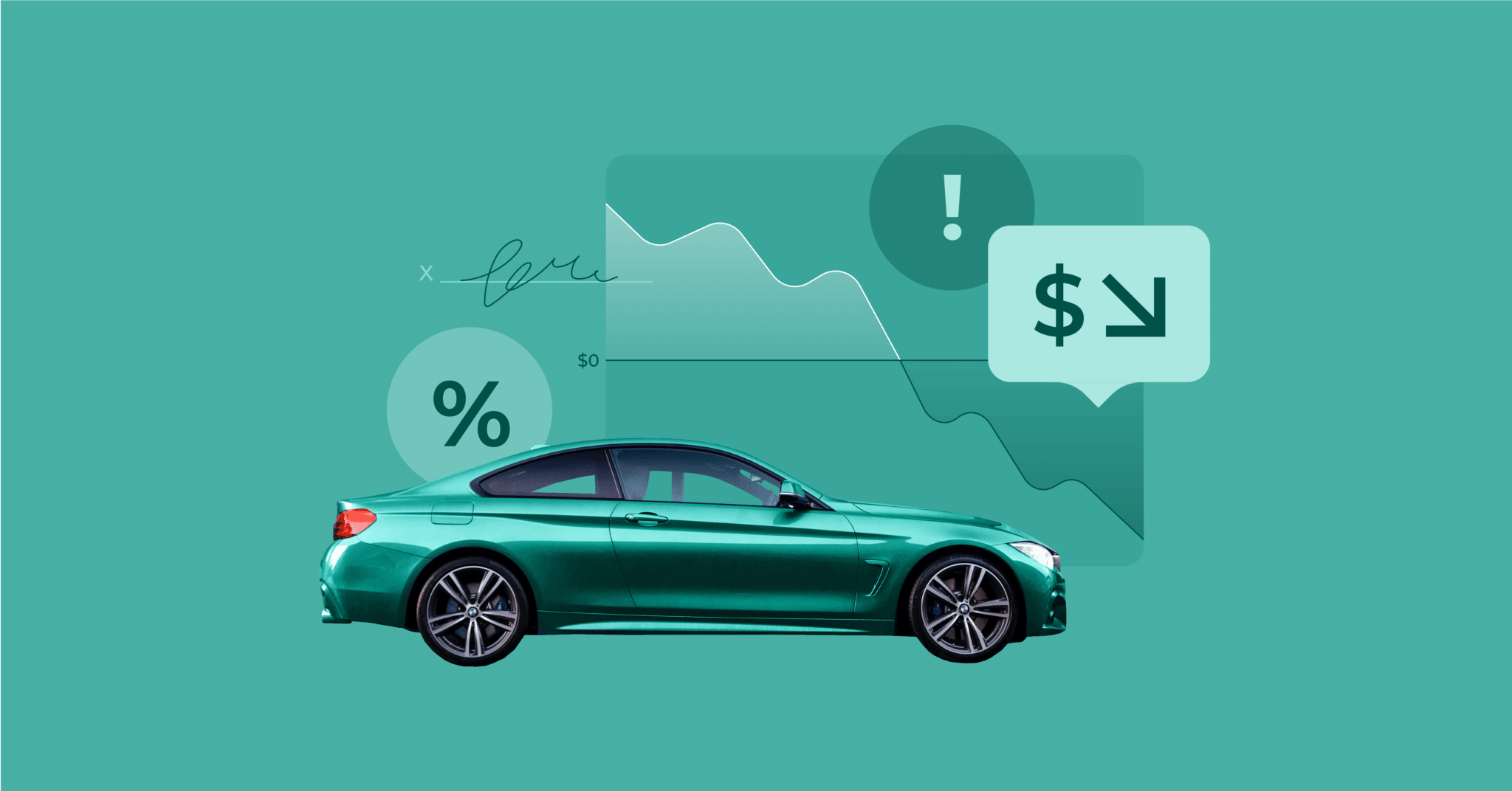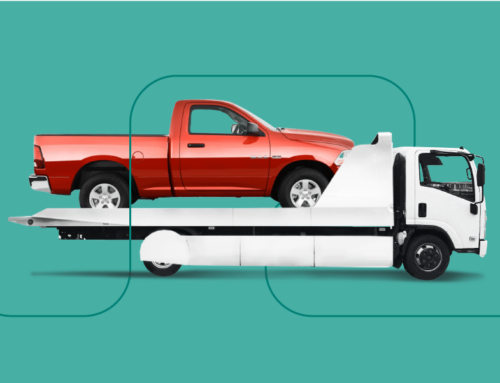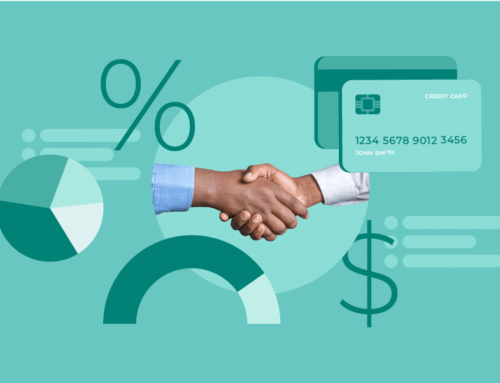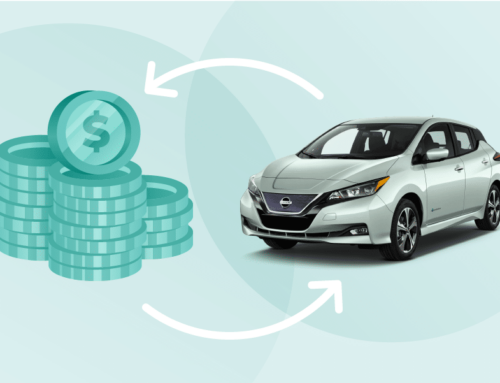Negative equity is a problem that happens when you owe more on a car loan than the car is worth. It’s not just something that happens to other people—it can happen to you, and it’s important to know how it works and how to avoid it.
What is negative equity?
Negative equity, sometimes referred to as negative equity on a car loan, occurs when the value of the vehicle has fallen below the balance of the loan. It’s a problem that can happen when you take out a loan for a new vehicle and then decide to trade it in before paying off the full amount of the loan. If this occurs, you’re stuck with an outstanding balance on the remaining amount of your loan even though you’ve sold the car at an amount that doesn’t cover all of it—it just covers as much as possible.
How does negative equity happen?
Negative equity can happen for several reasons. The most obvious one is that you buy a car that is more expensive than the one you can afford, or even a car that you can’t afford at all.
Another reason could be that you didn’t do your homework before purchasing a car. You might not have shopped around to find the best deal, or perhaps it’s the first time in your life that you’ve bought a vehicle and didn’t know what questions to ask.
In either case, it’s easy to overlook hidden fees and other costs associated with buying or leasing a new vehicle (such as taxes, maintenance, and insurance). This can lead to paying more than expected at the time of purchase, and ultimately lead to negative equity. This causes your loan balance to exceed what your vehicle is worth, all while its value depreciates during the many years after purchasing it.
Does negative equity affect you if you sell or trade the car?
Negative equity affects how much you can sell or trade-in your car.
If you have a lien on the car and trade it in, the lien holder will get paid first. If there’s still money left over from that after paying off your negative equity, then you’ll get to keep it.
Negative equity can also affect your ability to negotiate a lower price when selling or trading in your car. The dealer knows that they will not have to pay off any of your loan balance before reselling the vehicle, so they might offer less for it compared with an otherwise identical model with no negative equity.
How can you avoid negative equity?
Negative equity is a pretty common scenario for buyers. It can happen when you come out of a lease or purchase a car that has been damaged severely and its value drops below the loan amount. In order to avoid negative equity, do your homework before you buy a car:
- Check the value of the car you are buying by researching online or comparing it with others on Craigslist (you’ll need to be cautious of the source and act on your own judgement).
- Check the loan terms and interest rates for any vehicle financing options. You might find that you can afford more than one type of loan—but be sure to compare them! If possible, try to get as low an interest rate as possible so that it doesn’t take too long for your payments to pay off.
- Think about whether there might be cheaper alternatives in another city like renting instead or even walking/biking instead! That way if something happens unexpectedly like needing repairs then it won’t affect savings as much since they weren’t invested into transportation costs.”
Negative equity is a problem that happens when you owe more on a car loan than the car is worth. It is a real problem that consumers need to watch out for. There are several ways to avoid it, largely by doing your homework before you get to the dealership. Once you have it, it takes time and patience to dig yourself out of it.
The takeaway from this is that negative equity is a real problem for consumers, and it can be avoided by doing your homework before buying. The best thing to do to avoid getting into the situation is to research all your options before visiting the dealership. If If you already have negative equity on your loan, however, we hope these tips will help you get out of it faster!
Drive Away by Marble is committed to helping Canadians find the financing they need to get behind the wheel of their next vehicle. If you want to know more about more options that can help you deal with negative equity, don’t hesitate to get in touch with us!






